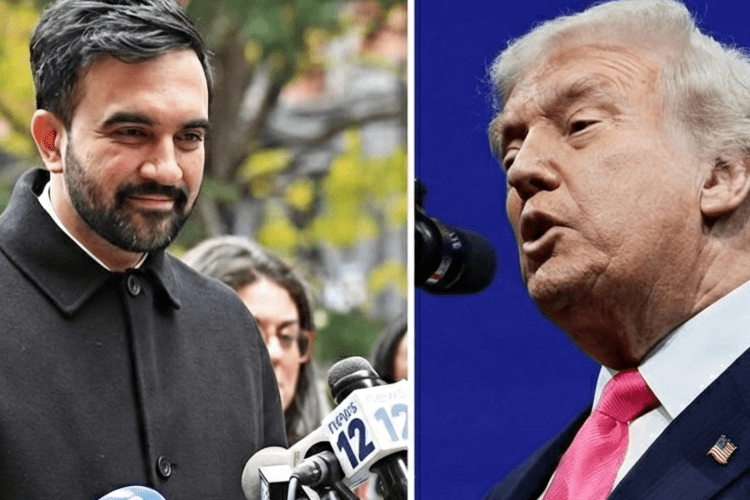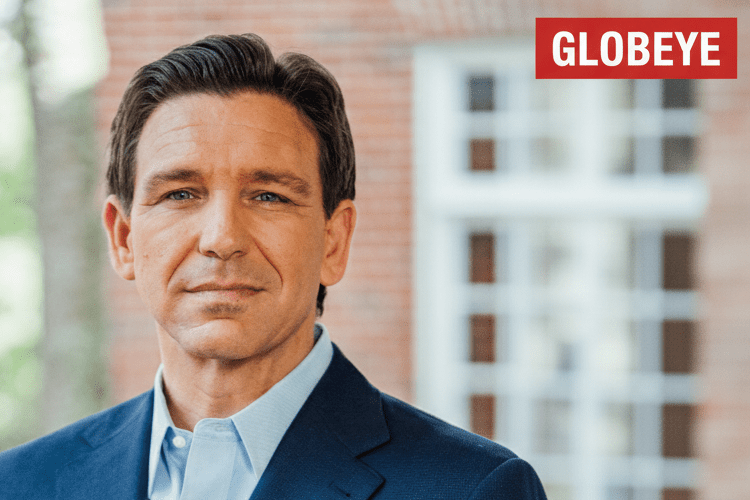From Beachfront Dreams to Black Gold Rush: Trump’s Dramatic Reversal of Decades-Old Bans on Florida and California Drilling
In the sun-kissed embrace of Siesta Key Beach, where the Gulf of Mexico laps at powdery white sands like a lover’s gentle kiss, 52-year-old retiree Laura Hayes watched her grandchildren build castles from shells on November 20, 2025, the turquoise waves whispering promises of endless summers. For Laura, a Sarasota widow whose pension barely covers rising electric bills and the occasional family getaway, the beach was more than paradise—it was sanctuary, a fragile haven from the financial tempests that had battered her since her husband’s shipyard job vanished in the 2008 crash. As gulls wheeled overhead and the horizon stretched unbroken to the south, news alerts buzzed on her phone: President Donald J. Trump, in a sweeping executive move, was pushing to fling open federal waters off Florida and California for offshore oil drilling, reversing bans untouched for decades. “It’s a lifeline,” Laura murmured to her daughter over a picnic blanket, her voice laced with the quiet desperation of a woman who’d skipped meals to pay for insulin. “Gas is killing us—$4.50 a gallon last week, and winter’s coming.” Yet as the announcement rippled through the coastal idyll, stirring cheers from rig workers in distant ports and gasps from environmentalists on surfboards, it ignited a firestorm that tugged at the heart of America’s divided soul: a bold bid for energy independence that could slash pump prices and spark thousands of jobs, but at the risk of tarnishing the very shores where families like the Hayeses find solace from the grind.
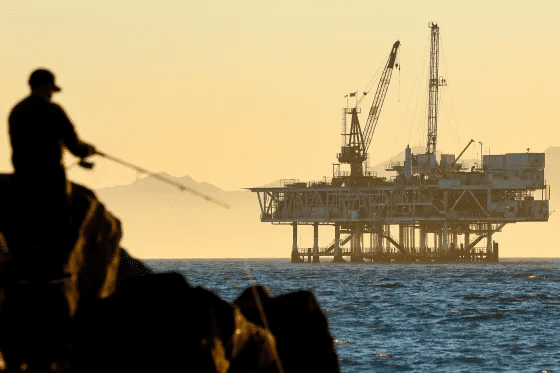
Trump’s proposal, unveiled by the Interior Department on that fateful Thursday, marked a seismic shift in the nation’s energy chessboard, a play straight from his “drill, baby, drill” playbook that had fueled his 2024 landslide. The plan targets the Outer Continental Shelf’s untapped frontiers: California’s federal waters, locked since 1969 under a moratorium born of Santa Barbara’s infamous 1969 oil spill that fouled 30 miles of coastline and birthed the modern environmental movement; and Florida’s Gulf extensions, shielded since 2006 by a George W. Bush-era ban amid hurricanes Katrina and Rita that exposed the perils of platforms in storm-prone seas. Under the new blueprint, six lease auctions off California—spanning from San Diego to Eureka—could unlock an estimated 5.9 billion barrels of recoverable oil, per U.S. Geological Survey assessments, while Florida’s adjacent Gulf tracts, already partially open, would see aggressive expansions to bolster the region’s 1.8 million daily barrels of production. “We’re unleashing American energy like never before,” Trump declared in a Mar-a-Lago presser flanked by oil executives and hard-hatted riggers, his voice booming with the unshakeable optimism that’s defined his second term. “Prices will drop, jobs will soar, and we’ll tell OPEC to take a hike—America first, always.”

The emotional pull of this gambit lies in the stories it revives, tales of families clinging to the edge by the thinnest of threads, where a nickel shaved from gas prices means dinner on the table instead of debt collectors at the door. Take Laura Hayes: widowed in 2019, she’s juggled part-time shifts at a beachfront café with caregiving for her ailing mother, the $200 monthly spike in utilities since Russia’s Ukraine invasion a constant shadow. Trump’s plan, if realized, could cascade savings through the supply chain—a 2022 peer-reviewed study in Environmental Science & Technology projecting an 8-12 cents per gallon drop in U.S. gasoline prices from similar expansions, enough to ease $500 annual burdens for households like hers. In California’s Central Valley, where almond orchards stretch like golden veins under relentless sun, 38-year-old farmhand Javier Morales— a third-generation Mexican-American whose great-grandfather picked citrus in the Dust Bowl era—sees the promise in the rigs. “My boy’s 16, wants to be an engineer; these jobs could keep him here, not chasing dreams in Texas,” Javier shares over a thermos of coffee at a Fresno truck stop, his callused hands gesturing to the horizon where offshore platforms could rise. USGS data backs the bounty: California’s continental shelf holds 11.2 billion barrels of oil and 19 trillion cubic feet of gas, untapped since the moratorium that followed the 1969 spill’s black tide, which killed marine life and scarred beaches for years.
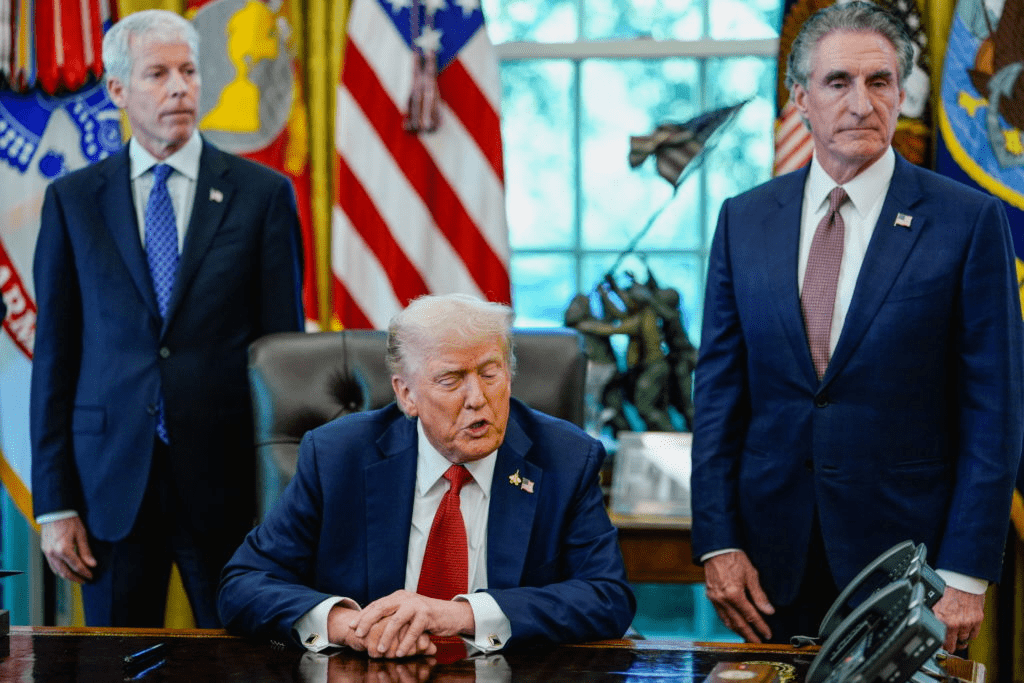
Yet for every story of potential salvation, there’s a counterpoint of profound loss, a heartfelt plea from those whose lives are woven into the coastal fabric, where drilling’s drumbeat threatens to drown out the symphony of waves and wildlife. In Florida’s Panhandle, where emerald waters nurture manatees and sea turtles in a delicate ballet, 29-year-old marine biologist Sofia Ramirez patrols the shallows in a battered kayak, her notebook filled with sightings of bottlenose dolphins that frolic like children in summer shallows. Sofia, whose Cuban immigrant parents fled Castro’s regime for the Sunshine State’s embrace, grew up diving the reefs off Pensacola, her love for the sea a lifeline through her father’s cancer battle. Trump’s Gulf extensions, which would encroach within 50 miles of shorelines like her hometown, evoke a visceral fear: the specter of Deepwater Horizon, BP’s 2010 catastrophe that spewed 4.9 million barrels over 87 days, inflicting $65 billion in damages and erasing 20% of marine habitats in the Gulf, per NOAA assessments. “This isn’t abstract—it’s the manatee my daughter names ‘Luna,’ the beaches where we bury time capsules,” Sofia confides in a voice trembling with the ache of premonition, her eyes misting as she recalls Horizon’s oil-slicked birds, a sight that still haunts her fieldwork. Gov. Ron DeSantis, Trump’s onetime protégé turned coastal guardian, echoed the alarm on November 20, vowing to “fight tooth and nail” against the plan that endangers Florida’s $100 billion tourism economy, where 1.3 million jobs—from charter captains to hotel maids—hinge on pristine paradise.
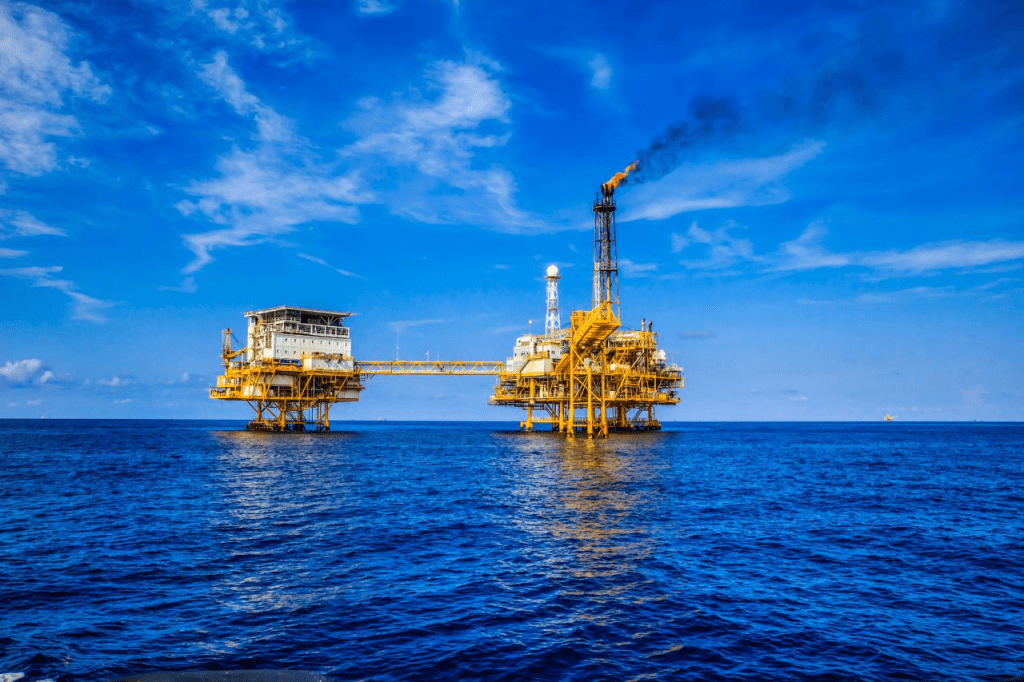
The proposal’s genesis is pure Trumpian audacity, a second-term salvo in his war on energy dependence that began with the 2017 executive order rolling back Obama’s climate rules and now culminates in this offshore odyssey. Interior Secretary Doug Burgum, the North Dakota governor whose oil-patch roots run deep, framed it as economic elixir: “We’re talking 10,000 direct jobs in construction and operations, plus 50,000 indirect in supply chains—from welders in Louisiana to engineers in Houston.” The math tempts: with global volatility spiking prices to $85 a barrel amid Middle East tensions, domestic drilling could insulate against shocks, echoing the first-term boom that added 2 million barrels daily and halved gas prices from $3.70 in 2016. For families like the Hayeses, scraping by on fixed incomes, it’s a beacon—Laura’s café shifts, where tips fund her grandkids’ soccer cleats, could stretch further if pumps drop 10 cents, a small mercy in a world of mounting bills.
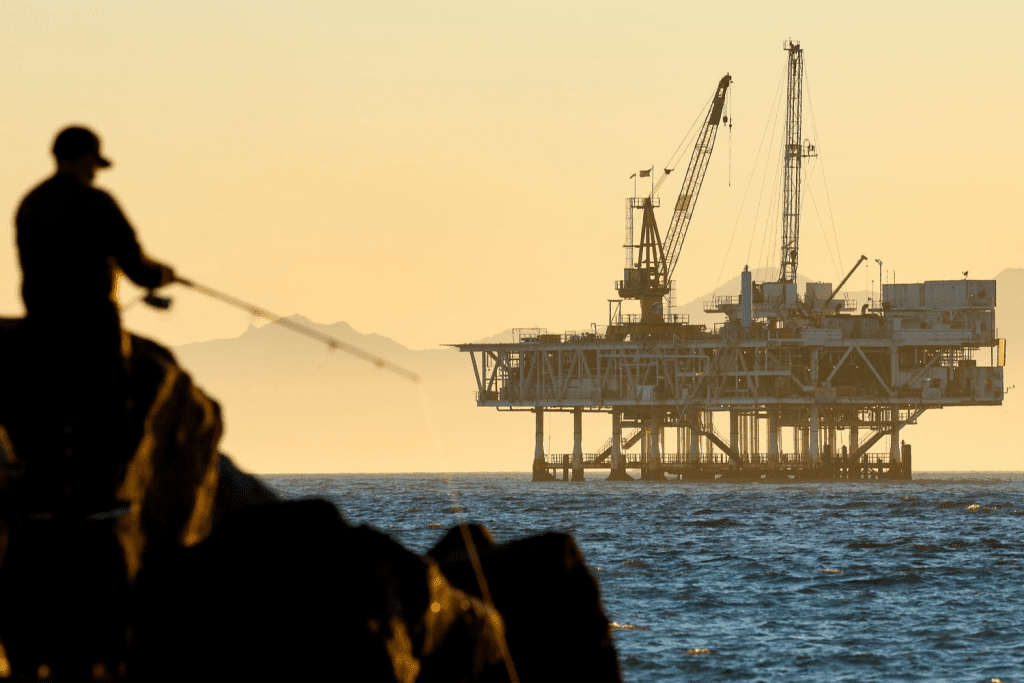
But the environmental chorus, from Sierra Club sentinels to fisherfolk whose nets empty in spill-tainted waters, sings a dirge of doubt, their voices a heartfelt lament for ecosystems already frayed by warming seas and plastic plagues. California’s moratorium, born from the 1969 spill’s black rainbow that killed 10,000 seabirds and shuttered fisheries for years, shielded a biodiversity hotspot teeming with blue whales and kelp forests, the latter absorbing 20 times more carbon than land trees per hectare. Drilling there risks repeats: Horizon’s legacy lingers in $8 billion in Louisiana oyster losses and dolphin die-offs, a 2022 NOAA study linking the spill to 30% reproductive failures in bottlenose pods. DeSantis, whose 2024 reelection hinged on “Florida First” environmental pledges, rallied coastal mayors on November 21, his Tampa speech a blend of paternal protectiveness and political pragmatism: “Our economy thrives on sun and surf, not spills and shutdowns—Trump’s plan is a gamble we can’t afford.” Tourism, Florida’s lifeblood, generates $100 billion annually, with beaches drawing 130 million visitors; a single spill could slash that by 25%, per a 2021 University of Florida analysis, echoing the $23 billion hit from the 2010 disaster.
Balancing these tales of triumph and trepidation is the quiet heroism of communities charting a middle path, where innovation tempers the tension between drills and dreams. In Santa Barbara, where the 1969 spill’s scars still shape local lore, hybrid energy hubs blend offshore wind with selective oil leases, a model piloted under Biden’s Inflation Reduction Act that could create 15,000 jobs without full moratorium lifts. For Sofia Ramirez, it’s a compromise that honors her kayak patrols: “We need energy, but not at the ocean’s expense—wave power, solar on rigs, anything but all-or-nothing.” Burgum, in a November 22 op-ed for The Wall Street Journal, nodded to such hybrids, promising “safeguards stronger than steel” with AI-monitored platforms and rapid-response fleets, a concession to the spill fears that felled his 2024 presidential bid.
As December dawns with its promise of holiday lights and hard choices, Trump’s offshore odyssey hangs like a gathering squall over coastlines that have weathered worse. For Laura Hayes, packing her grandkids’ beach toys, it’s hope amid hardship—a chance for affordable adventures that stitch families closer. For Sofia, scanning waves for Luna’s fin, it’s a prayer for preservation, her work a whisper against the roar. In this clash of needs and natures, the emotional truth emerges: America’s energy future isn’t black or blue, oil or ocean—it’s the delicate dance of compromise, where the dreams of workers and the whispers of waves find harmony, if only we listen. Trump’s push, bold as a gale, challenges us to chart that course, for in the balance lies not just power, but the soul of the shores we call home.

